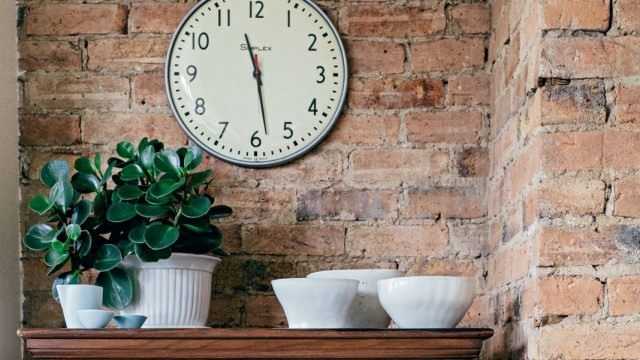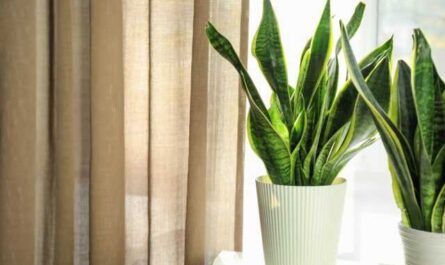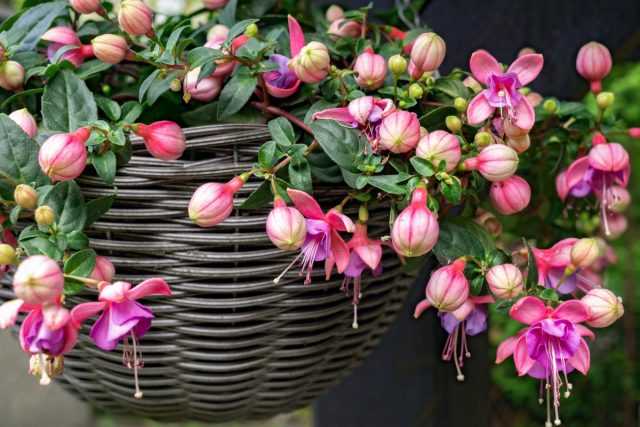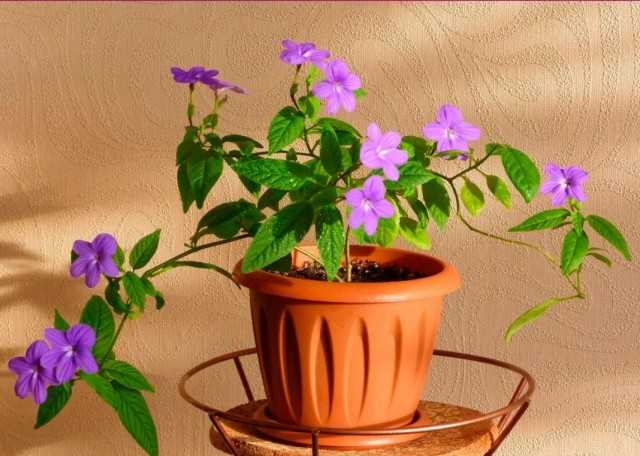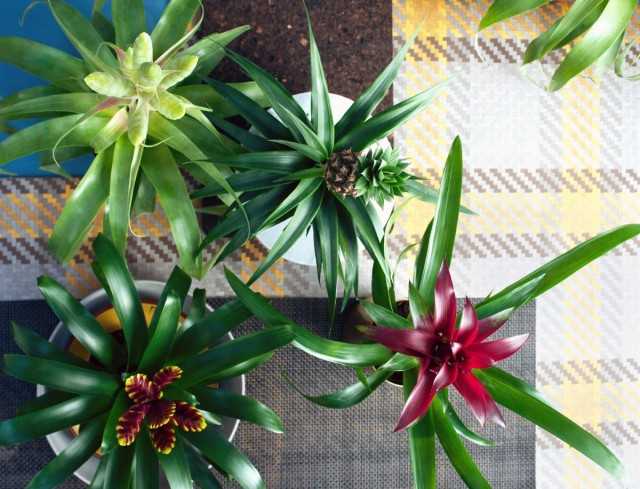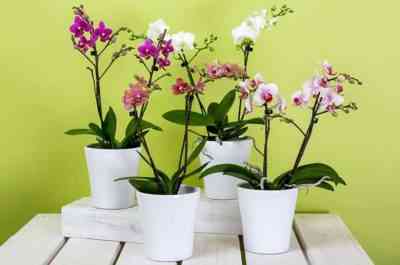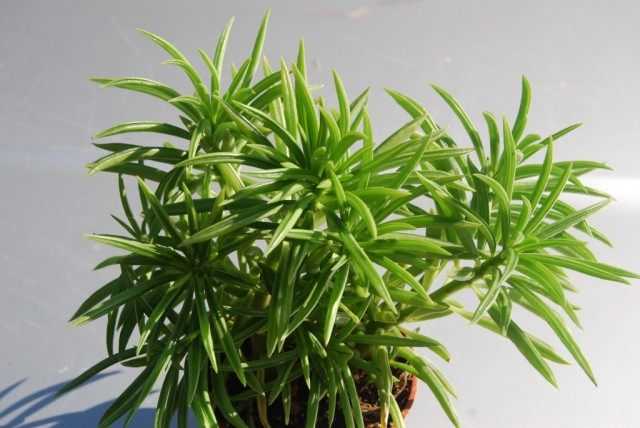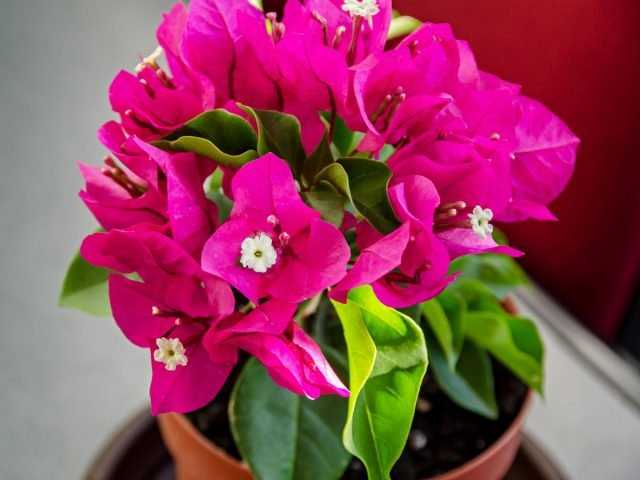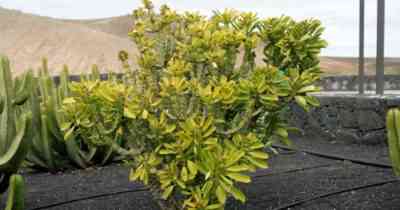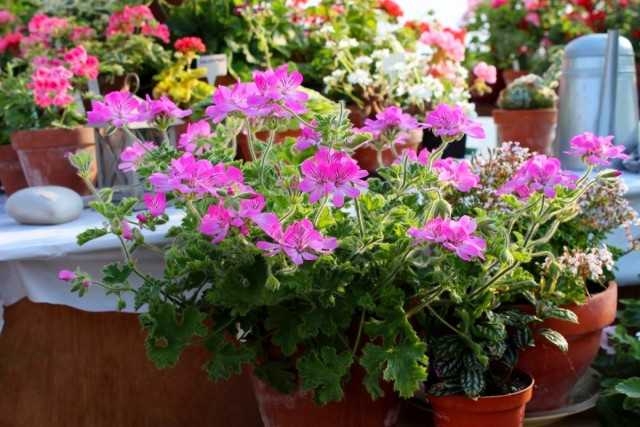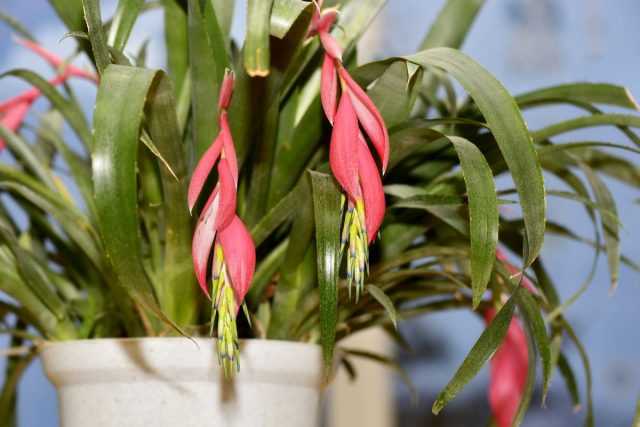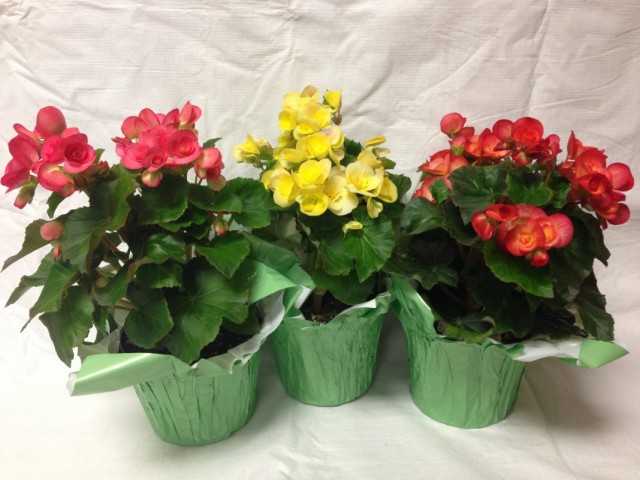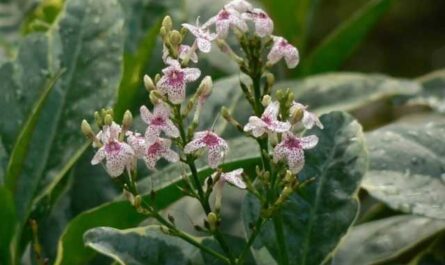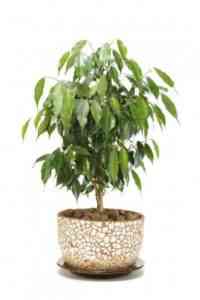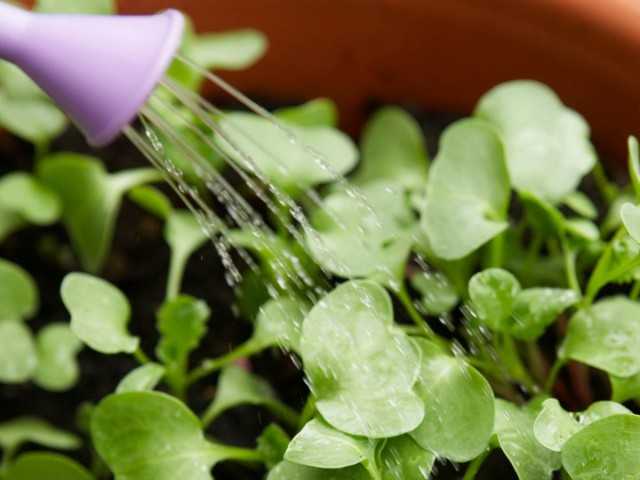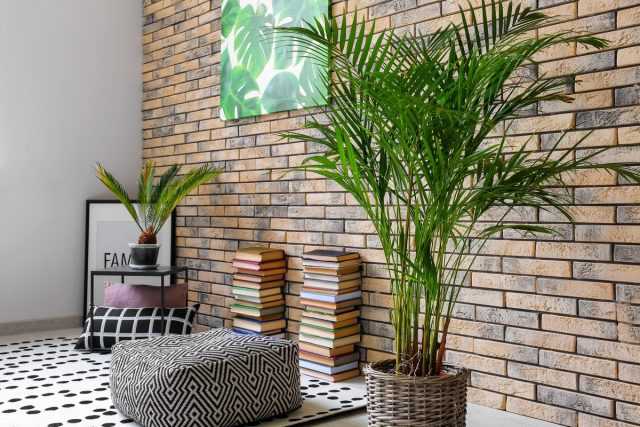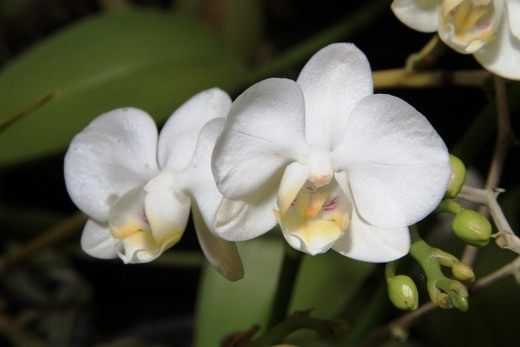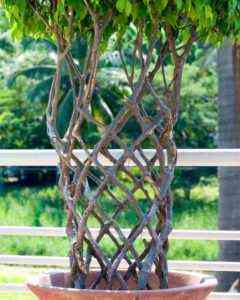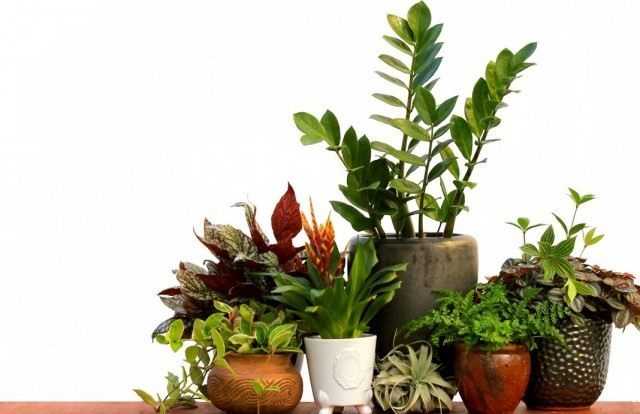If problems arise in the development of indoor plants that cannot be solved by a simple correction of care, then you have to resort to the so-called emergency transplants. These are “last chance” procedures, carried out only in case of serious developmental disruption, severe damage to the roots as a result of inattentive watering or the spread of pests and diseases. Changing the capacity and substrate at an atypical time can both save the plant and destroy it. In urgent transplants, the most important thing is the timeliness and correctness of the procedure itself.
Indoor plant transplant. Farmer Burea-Uinsurance.com MonkeyStock
Types of urgent transplants for indoor plants
Emergency transplants of indoor plants are the measures that are always resorted to last when all other means of control have been exhausted. They are carried out only when any delay in changing the soil can lead to the death of the plant. Urgent transplants are resorted to:
- in case of serious damage by pests and diseases, improper composition and condition of the substrate, in which the plant dies as a result of mold, decay, waterlogging, soil contamination, extreme acidity;
- such an overgrowth of the rhizome, in which it completely encircles an earthen lump, begins to crawl out of the pot and the plant suffers greatly from a lack of soil, nutrients and moisture.
There is a third factor: an emergency transplant is carried out if the plant is in a depressed state, stops developing, but all other reasons are excluded and the presumptive cause of the problem is the wrong choice of soil or problems with the substrate and capacity invisible to the eye. After removing from the pot, an inspection is carried out and they decide which option for an urgent transplant to resort to.
Accordingly, with two types of problems that are solved with the help of emergency transplants, two types of them are also considered:
- simple transplantation at atypical times to expand the space for root development.
- complex or complete transplant;
Emergency transplanting is carried out only when it is critically needed, regardless of the stage of plant development, recommendations for a particular crop and preferred transplantation times. It can be carried out both during the period of active growth and during the resting phase.
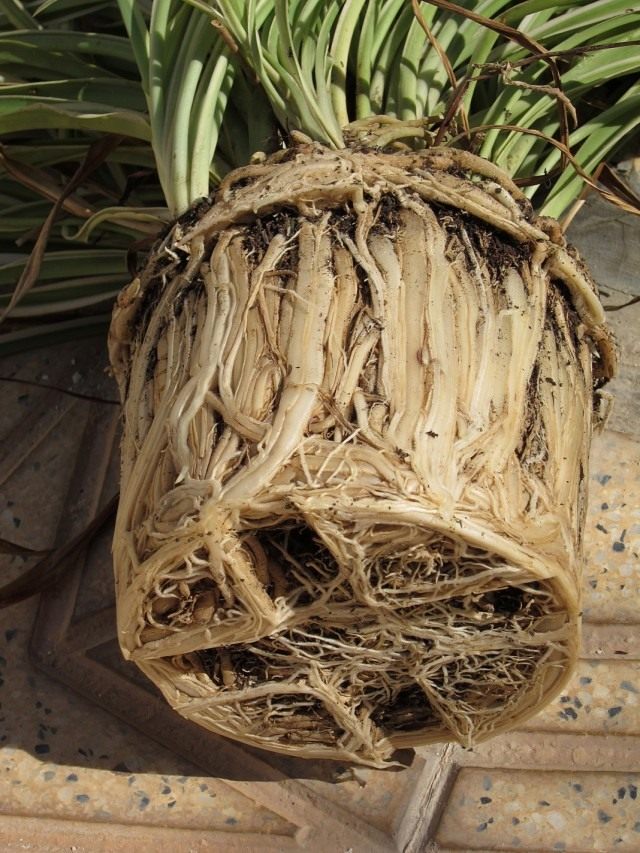
1. Simple transplant of emergency indoor plants
If the crops become too crowded in the chosen container, the roots have completely filled the lump and even managed to crawl out of the holes for water drainage, the plants begin to suffer from a lack of soil and its resources, then you should not postpone the transplant and wait for the typical time frame. It is not by chance that such an emergency transplant is called simple, because it is carried out practically according to the same principles as any standard plant transplant. This is an on-demand transplant.
For the affected culture, they simply select a container of a larger diameter, which will allow replacing as much of the substrate as possible with a fresh one, add new soil and provide the rhizome with enough space for free development.
Particular attention should be paid to the selection of the optimal container size. The fact that the plants are too crowded in the pot does not mean that it needs to be transferred into a much larger container – several times larger than the previous one. Even with an emergency transplant, increasing the capacity by more than 15% of the volume of the previous pot is not worth it in any case.
Too large a new container, even in fast-growing and actively developing plants, will only lead to the fact that your pet will again spend all its energy on the development of the rhizome, and you will have to wait for many months for visible results in the form of an improvement in the condition. After all, such a plant will be able to resume growth and restore the attractiveness of the leaves, and even more so, only when the rhizome “masters” most of the soil. The most reliable method is to measure the diameter of the old pot in which the plant is currently growing and add a tenth to it. It will be very easy to choose a container in accordance with this indicator.
But other parameters of the container are also very important. In case of an emergency transplant, associated with the need to urgently increase the size of the pot, you should not resort to experiments and dramatically change the conditions for plant growth. Make sure that the shape of the container, or rather the ratio of the width and height of the pot, completely repeats the previous planter, it has the same number of drainage holes. The only thing that can be changed is the materials from which the pots are made: a transplant from a plastic container into a natural planter will be a beneficial factor in any emergency transfer option.
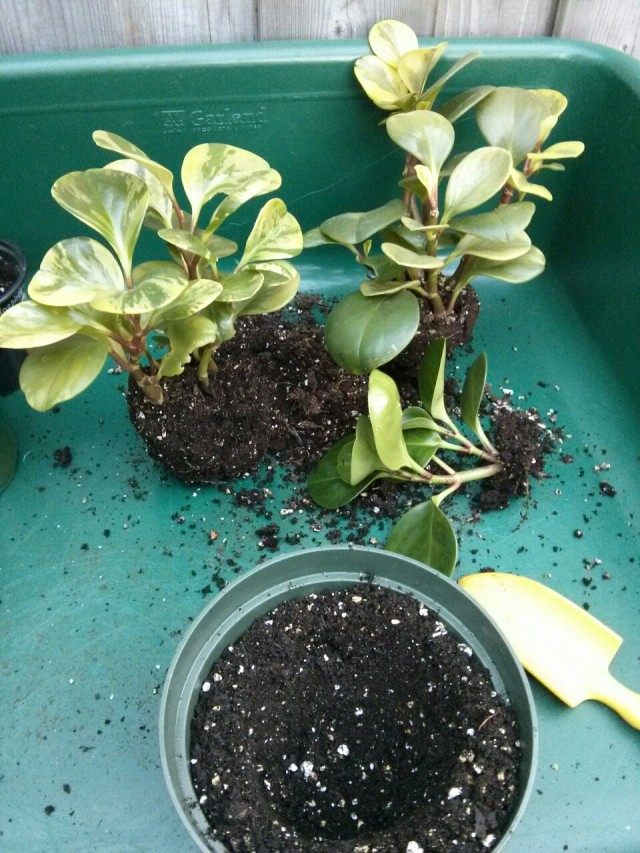
In case of an urgent transplant of a simple type, there are several more principles of the procedure to be remembered:
- in no case use long-acting fertilizers for plants, and resume normal feeding no earlier than a month after transplanting;
- use the same materials to set up drainage as plants or drainage with improved characteristics are accustomed to;
- try to maintain the ratio of the height of the drainage and the thickness of the soil layer in the pot;
- When choosing a soil, choose a substrate that is ideal for a particular plant, study the parameters of acidity and the desired composition.
The procedure for a simple transplant of a houseplant:
- Remove the plants carefully from the old container; if it is difficult to do this, try to tap the pot and only in emergency cases resort to cutting the substrate in the container.
- After removing the plant, remove only the top contaminated soil layer if it is free of roots. Do not try to shake out, remove or wash away as much soil as possible and do not aggravate plant injuries: with a simple type of “on demand” transplant, the earthen lump is preserved.
- Maintain the same planting level as in the previous pot (unless the bare roots were raised above the soil level – then they should be sprinkled with a thin layer of soil).
- Plants immediately after such an urgent transplant should be provided with abundant watering, and from the second procedure, switch to their usual moisture regime. Try to put the plants in transitional, mild conditions for at least one week, and only then return them to their usual environment.
2. Difficult emergency transplant
The procedure, which is carried out with the spread of root rot, serious damage, acidification of the soil, the choice of a type of soil that is fundamentally unsuitable for the plant, the spread of pests and diseases, is carried out only when all other measures have been exhausted. Before carrying out such an urgent transplant, you need to try all the means, including insecticides, fungicides, modern disinfectants, removing the top layer of the substrate in the pot, completely drying the earthy coma, a sharp change in conditions, etc.
It is not for nothing that a complex emergency transplant is called the very last resort: it causes too much harm to the plant and in itself is one of the most dangerous methods of dealing with problems. After such a transplant, it will be difficult to recover even for the strongest indoor plant, and it can be extremely difficult for one in a weakened state to restore normal development and generally survive. It is the most cardinal problem-solving world available and should really be resorted to in an emergency.
Urgent transplantation of indoor plants caused by diseases, pests or the need to completely replace the soil due to unsuitable conditions does not simply involve changing the capacity of the substrate. Such a transplant touches several levels of plant processing, including almost always cutting off damaged parts of the rhizome.
And it is possible to understand exactly what measures will be needed in each specific case only after the plant, together with the soil clod, is removed from the old pot. During the removal procedure, you need to act as carefully as possible, trying to reduce additional injuries to a minimum. After the plant has been studied, you need to carefully examine the earthen ball and re-diagnose the problem. Only then should the rhizome of the plant be freed from the soil.
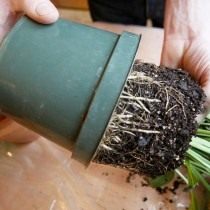
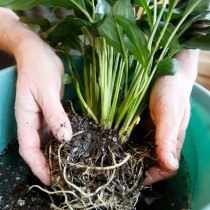
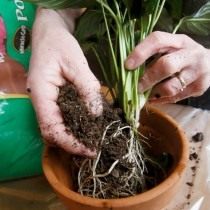
During an emergency transplant of this type, it is necessary to completely remove the old soil. And this is not so easy to do. To completely remove the old soil from the roots of the plant and remove even the smallest particles of the affected soil, it is necessary to carry out the following procedures:
- Untangle the roots, first removing the loose soil.
- Tap the substrate by gently shaking the plant and touching the rhizome, removing most of the substrate mechanically.
- Wash the rhizome of the plant to completely remove soil residues (for complete cleaning, in most cases, you need to carry out several soaks with a change of water).
After the affected soil is washed off the rhizome of the plant, they immediately proceed to a thorough examination of all roots. Any damaged parts on the roots should be trimmed, removing all dry, rotten, pest-damaged areas up to healthy tissue. In this case, you should work only with a sharp knife, disinfecting it after each cut or at least several times during the procedure. Root cuts should be sprinkled with crushed charcoal immediately.
After mechanical removal of damaged parts of underground shoots is completed, the plants must be re-soaked in clean water for final cleaning. The rhizome is immersed in clean, warm water for 20-30 minutes.
After repeated washing, a mandatory treatment with disinfectants is carried out. To do this, you need to prepare, according to the manufacturer’s instructions, a solution of a fungicide suitable to combat a specific problem, or at least a weak solution of potassium permanganate. The rhizome is soaked in a disinfecting composition for 30 minutes or 1 hour, slightly dried, and each cut is re-treated with crushed coal.
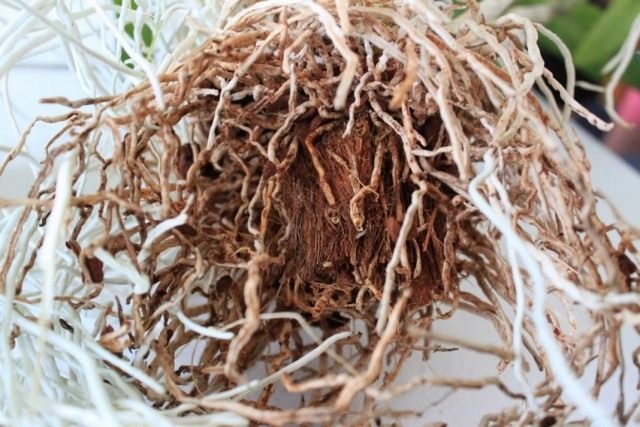
Planting a plant that has undergone complex emergency treatment is also carried out according to its own special rules. It is advisable to use new containers, but if there is no need to increase their volume, you can also use an old pot. It is carefully processed and disinfected, scalded with boiling water and additionally immersed in a fungicide or potassium permanganate solution. The follow-up consists of the following steps:
- A drainage layer of clean, fresh materials is laid on the bottom of a disinfected or new container, always covering it with coarse sand on top.
- A mound of earth is poured onto the drainage layer on top, on which the plant is very carefully set.
- The roots are carefully straightened and evenly distributed, after which the voids between the roots are carefully covered with the substrate and the soil is slightly compacted with the palm of your hand.
- After fixing the roots in the soil, the pots are completely filled with the substrate, leaving space only for comfortable watering.
Cultures that have undergone a complex line transplant are exposed in a dark place with moderate room temperatures. For 2-3 days to heal the wounds on the roots and dry the rhizomes, watering must be abandoned (the plant is not watered even after planting). In the event that an emergency transplant was caused by excessive moisture, rot or pests were common only 2-3 days after transplanting, very poor watering is carried out, only slightly moistening the soil. Over the next 1-2 weeks, watering is carried out rarely, with a minimum amount of moisture, allowing the substrate in the pot to dry completely between procedures. If the crop is one of the moisture-loving crops and may die as a result of drought, then the lack of the required irrigation frequency should be compensated for by an increase in air humidity.
After the initial adaptation, the plant is gradually and very slowly transferred to the usual irrigation scheme. At the same time, it is returned to its recommended growing conditions. Top dressing can be resumed only when there are signs of the beginning of growth and recovery of the plant. The frequency of the procedures is selected for each specific crop, but the dosage of fertilizers for the first feeding is reduced by 4 times, then the plants are transferred to half the doses, and only then full care is restored.
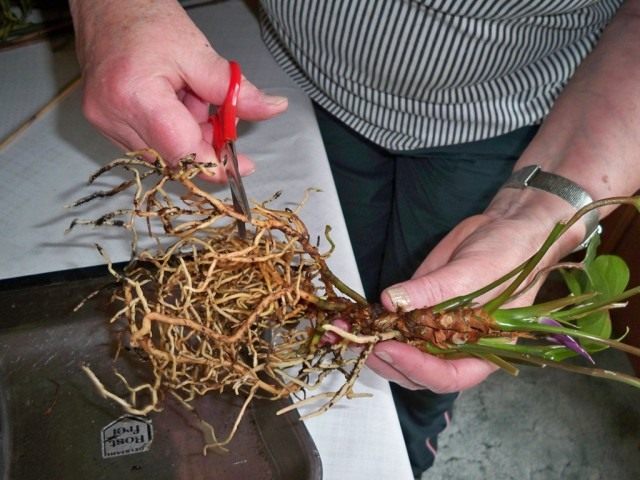
Preventing a problem is easier than solving it
The easiest way to avoid the need to urgently transplant your plant is to provide regular and proper care, timely change of containers and renewal of the substrate. Observe the recommended frequency of transplanting, choose the right type of soil for each species and variety.
Classic transplanting in spring, annual for young plants and with a frequency of 1 every 2-3 years for large and adult crops, so you don’t have to worry about your plant needing a transplant at an atypical time. But a timely transplant is not enough. It must be supplemented with proper care, observing all the rules for growing a particular plant. Eliminating the two main factors – improper care and lack of transplants – will also avoid situations in which plants will need really drastic measures.
No matter how complex the houseplants require, no matter how difficult it is to provide them with all the necessary conditions, any regular measures are still easier than an emergency transplant. Especially when it comes to an urgent complex type transplant. It is far from always possible to save plants with the help of this cardinal procedure, this is the last, and far from guaranteed, chance of solving problems.

